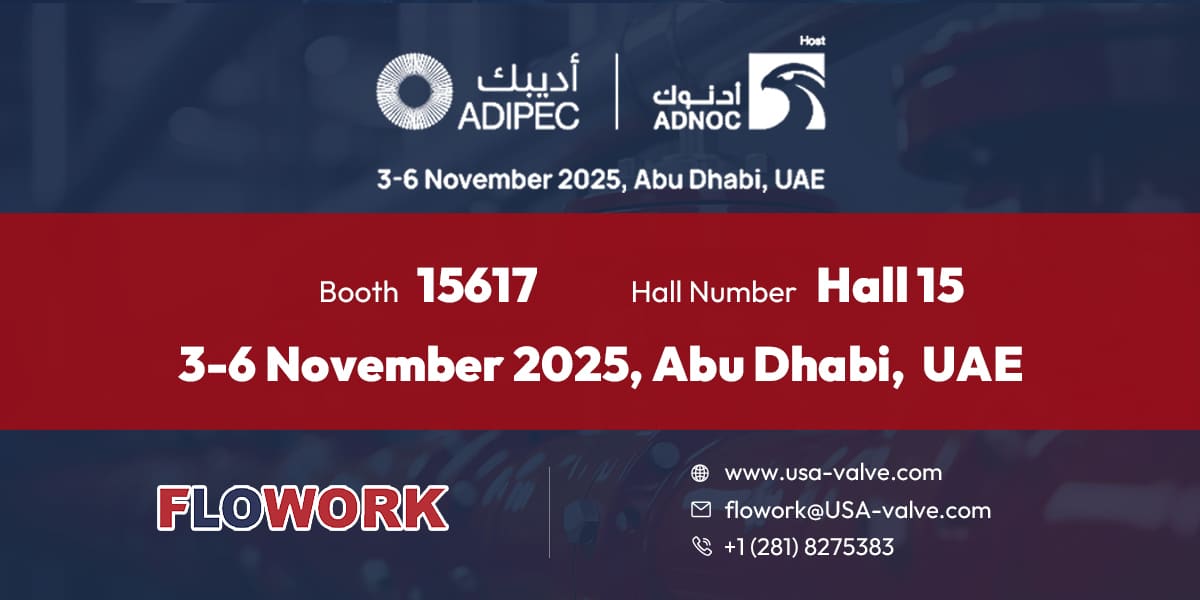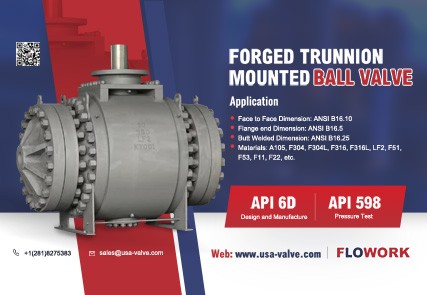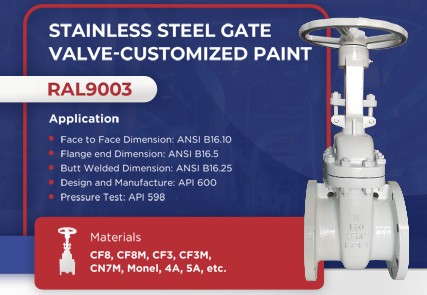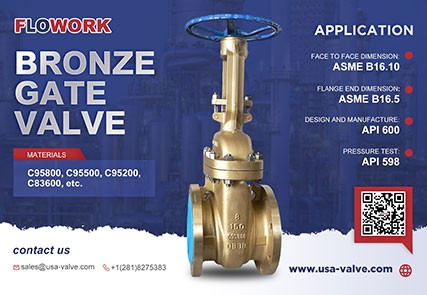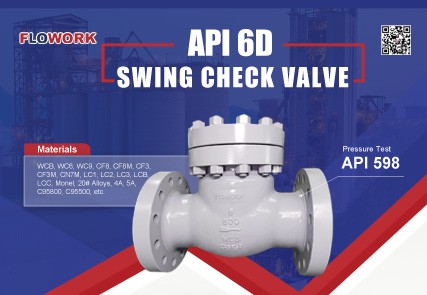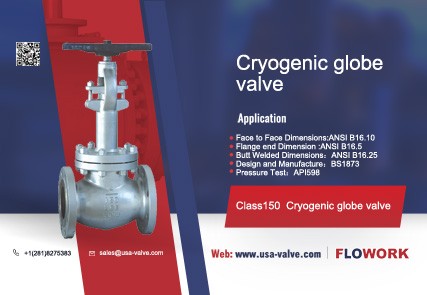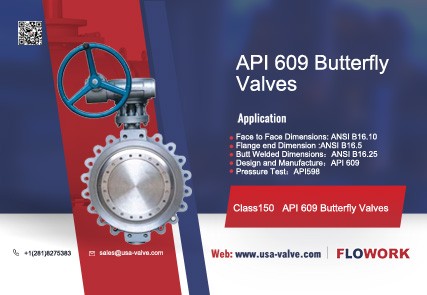Valve Failure Prevention: Tips for Prolonging the Service Life of Your Equipment
Introduction
Valves are critical components in industrial systems, controlling the flow of fluids and gases and ensuring smooth operation. However, valve failure can lead to expensive repairs, operational downtime, and safety hazards. Proper valve maintenance is key to prolonging the service life of your equipment and preventing costly breakdowns. In this blog, we’ll cover the common causes of valve failure, provide preventive measures, and offer maintenance tips to keep your valves in optimal condition.
Common Valve Malfunctions and Causes
Valves, like any mechanical component, are subject to wear and tear. Identifying the common causes of valve failure is the first step in preventing issues before they arise. Let’s explore some of the most common valve malfunctions:
Corrosion
Corrosion is one of the primary causes of valve failure, especially in environments where valves are exposed to harsh chemicals, water, or high temperatures. Over time, corrosion can weaken the valve material, leading to leaks and failure.
Wear and Tear
Frequent use, pressure fluctuations, and abrasive fluids contribute to valve wear. The valve components, especially the seals and seats, can degrade over time, reducing the valve’s effectiveness and potentially causing it to fail.
Improper Installation
Poor installation practices can result in valve misalignment, improper seating, or strain on the valve components. This can lead to operational inefficiency, leakage, and premature failure.
High Pressure and Temperature
Valves exposed to high pressures and temperatures are prone to material degradation. Excessive pressure can cause the valve to crack, while high temperatures can weaken the material and affect sealing integrity.
Seal Failure
Seal failure is a common cause of valve leakage. If the seals wear out or become damaged, fluids or gases can leak out, leading to reduced performance and potential safety risks.
Preventive Measures to Avoid Valve Failure
Preventive maintenance is critical to extending the life of your valves. Regular inspection and timely servicing can prevent many of the common causes of valve failure. Here are a few preventive measures to consider:
Regular Inspections
Perform routine visual inspections and operational tests to detect any signs of corrosion, wear, or leaks.
Proper Installation
Ensure valves are installed according to manufacturer specifications to prevent misalignment and undue stress on valve components.
Pressure Regulation
Keep an eye on system pressure and ensure valves are rated for the maximum operating pressure.
Temperature Control
Make sure valves are rated for the temperature conditions they will be exposed to, and ensure that temperature fluctuations are kept within acceptable ranges.
Seal Maintenance
Regularly check seals for wear and replace them as needed to prevent leakage.
Valve Maintenance Tips for Longevity
Cleaning and Lubrication
Cleaning and lubrication are essential parts of valve maintenance. Dirt, debris, and contaminants can cause valves to stick or seize. Use appropriate cleaning agents to remove buildup, and lubricate moving parts to ensure smooth operation.
Seal Inspection and Replacement
Seals play a critical role in preventing leakage and maintaining pressure. Inspect seals regularly for signs of wear or damage and replace them when necessary to ensure a tight seal.
Calibration and Adjustment
Regular calibration and adjustment of valves ensure they perform at their peak efficiency. Check for proper alignment, seating, and operation to prevent premature wear and failure.
Pressure Testing
Perform pressure testing to ensure the valve can handle the operating pressure without failure. Pressure tests help identify weak points in the valve structure and ensure its reliability in high-pressure systems.
Performance Testing and Optimization
Routine performance testing is essential to ensure that your valves are functioning optimally. By conducting flow tests, pressure tests, and leak detection, you can identify performance issues early. Performance testing should be part of a comprehensive valve maintenance plan to optimize reliability and efficiency.
Key Components of Valve Maintenance
Valve Seats
The valve seat is one of the most crucial components, as it forms the sealing surface. Regular inspection of the valve seat for wear or damage is necessary to maintain seal integrity and prevent leakage.
Actuators
The actuator drives the valve mechanism, so ensuring it operates correctly is essential for smooth operation. Regular checks and lubrication of actuators can prevent performance issues.
Body and Bonnet
The valve body and bonnet house the internal components. Inspect these parts for any signs of cracks or corrosion, as structural integrity is key to the valve’s longevity.
The Role of Valve Sealing in Preventing Failure
Valve seals prevent leakage, maintain pressure, and ensure the proper function of the valve. Over time, seals can degrade due to pressure, temperature changes, or chemical exposure. Regular inspection and timely replacement of seals are vital for maintaining valve performance and preventing failure.
Valve Repair and Replacement Strategies
Even with proper maintenance, valves will eventually wear out and require repair or replacement. Knowing when to repair and when to replace is crucial for minimizing downtime and maintaining system efficiency. Regular maintenance can extend the lifespan of valves, but if a valve is beyond repair, replacing it with a high-quality replacement valve is essential to avoid system failure.
FAQs
How often should I inspect my valves?
Regular inspections should be performed at least once a year, or more frequently if the valves are exposed to harsh conditions like high temperatures or aggressive fluids.
What are the signs of valve failure?
Signs of valve failure include leakage, abnormal noise, reduced flow, and poor sealing. If any of these issues are detected, immediate action should be taken to inspect and repair the valve.
How can I extend the life of my valves?
Regular maintenance, proper installation, pressure and temperature control, and seal inspection are all critical to extending the lifespan of your valves.
When should I replace my valve?
Replace the valve if it shows signs of irreparable damage, such as severe corrosion, cracks in the body, or damaged internal components.
Conclusion
Valve failure can be costly, but with the right preventive measures, maintenance, and timely repairs, you can prolong the life of your valves and avoid unexpected downtime. At Flowork, we offer high-quality valves and maintenance solutions designed for durability and long-term performance. Whether you need replacement valves or expert maintenance services, we are here to support your operations.
Contact us today to learn more about how our valves can optimize your system’s performance or explore our wide range of valve solutions.


